Montana’s Glacier Country is home to some of the best fly-fishing rivers in the U.S. and with the warming temperatures of spring, the fishing is exceptional. Whether you are planning a tour through our region with a focus on fly-fishing or you want to offer it as a day’s excursion, Western Montana has outfitters and guides to accommodate your needs.

To highlight a few of Montana’s most notable rivers, let’s start in the southern tier of Glacier Country: the Bitterroot Valley. Located just south of Missoula, the first thing your group will notice is the stunning scenery. With the Bitterroot Mountains to the west and the Sapphire Mountains to the east, the Bitterroot River flows through the middle of the valley along Highway 93. The river is accessible for a variety of fly-fishermen, including wading anglers, rafts and drift boats. Stop in at one of the many fly shops in the valley to find out exactly what the fish are biting on that day. After a day spent on the river, relax at one of the many breweries in the valley to sample a locally made brew.
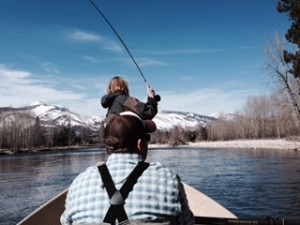
The Clark Fork River travels 350 miles and flows through the heart of downtown Missoula. For groups or individual travelers staying in downtown Missoula, you can fish steps away from your hotel. Missoula has a host of great fly-fishing shops and guides to choose from, including Grizzly Hackle. Located in downtown Missoula, both the first-timers in your group or seasoned professionals will enjoy a visit to their fly shop where you can pick up fishing licenses, garner gear and get advice on what fly to use to match the hatch. An added bonus: Grizzly Hackle offers casting clinics and can provide experienced fly-fishing guides.

Located just east of Missoula and one of Montana’s most well-known rivers (made famous by the movie A River Runs Through It), is the Blackfoot River – a renowned blue-ribbon trout stream. With its headwaters starting near the small Montana town of Lincoln, the Blackfoot River travels 132 miles to Bonner where it flows into the Clark Fork River.
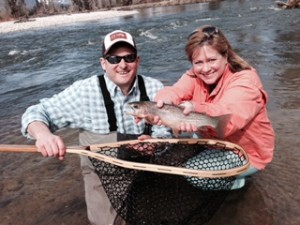
Winding between the Swan and Mission Mountains in the Seeley-Swan Valley is the Clearwater River. This river is home to numerous species of fish, including largemouth bass, bull trout, brown and rainbow trout. It also offers a great option for the non-fishing enthusiasts in the group to take a canoe or kayak paddle on the Clearwater Canoe Trail – an isolated portion of the Clearwater River – before it flows into the northern end of Seeley Lake.
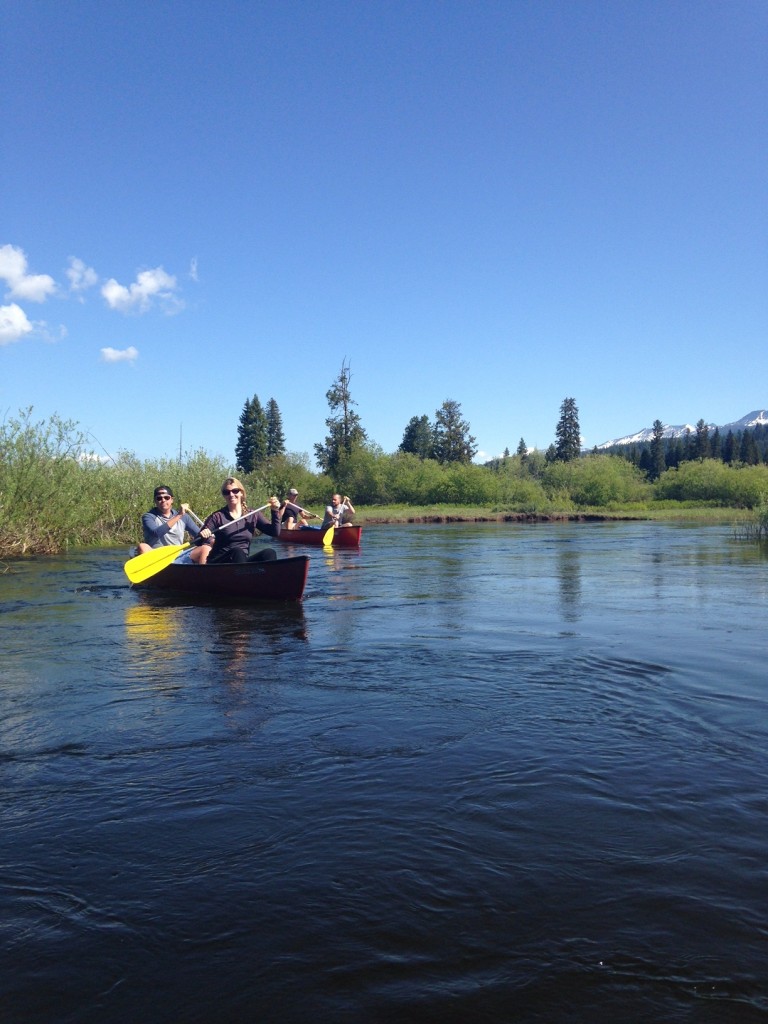
Another popular destination for both novice and expert fishermen is Rock Creek, a blue-ribbon trout stream near Clinton. Be sure to include a stop in at the Rock Creek Fisherman’s Mercantile, where the fly casting and fly tying lessons are always free.
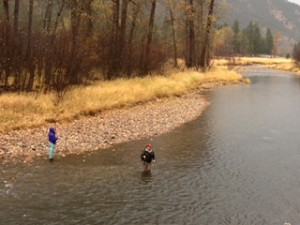
Heading into the northern tier of Glacier Country and originating in the magnificent Mission Mountains, the Swan River travels 92 miles and empties into Flathead Lake, the largest freshwater lake in the West. Book a guided float trip for your group with Crane Mountain Guide Service who specializes in finding cutthroat trout, northern pike and brook trout on the Swan and Flathead rivers.
Starting in British Columbia, Canada, the more remote North Fork of the Flathead River flows into Montana with a special kind of beauty offering a look at diverse terrain and serves as the western border of Glacier National Park. The rivers upper 41 miles are designated as wild and scenic, and the lower 17 are designated as recreational.

With its stunning teal color waters, the Middle Fork of the Flathead River is one of Montana’s most beautiful fly-fishing destinations. The Middle Fork eventually flows along the southern boundary of Glacier National Park and is popular for whitewater rafting in the spring and early summer months, while prime fly-fishing is found between June and late September. The rivers upper 46 miles are designated wild and scenic, while the lower 49 are designated recreational.
If your group is headed to fly-fish in or around Glacier National Park and would like a refresher course, call ahead to schedule a one-hour casting clinic, or a group fly-fishing class on the ponds at Glacier Outdoor Center located in West Glacier.
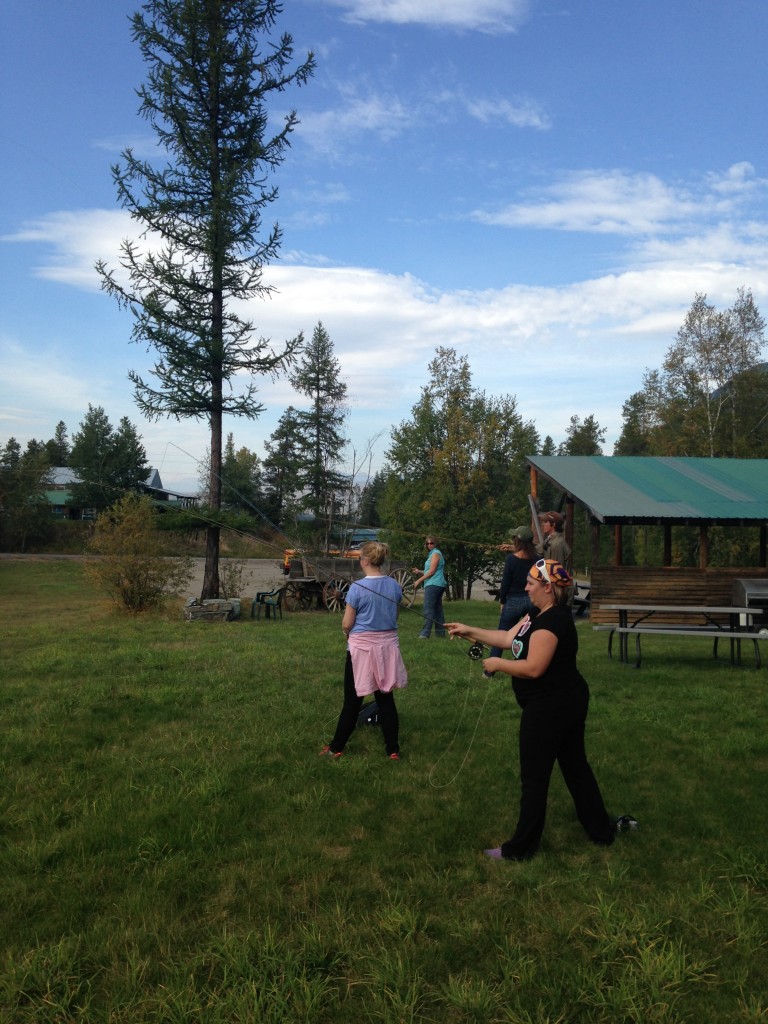
A little “fish food for thought:” fishing licenses are required on all waterways (rivers, lakes and streams) in Western Montana (with the exception of fishing inside Glacier National Park). Licenses can be purchased at most sporting goods and fly-fishing shops in the region. For an extended list of accommodations or dining needs, visit www.glaciermt.com. You can also find additional tour itinerary suggestions here.
For more information, drop us a line here (pun intended).
DP
April 7, 2015
Related: Fly Fishing, Tour Operator
Leave a Reply
You must be logged in to post a comment.


Comments